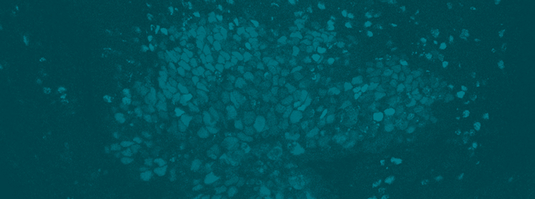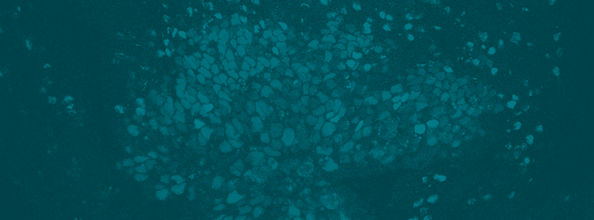Dr. Anne-Kathrin Classen (CIBSS-AI), ZBSA Centre for Biological Systems Analysis, University of Freiburg
Signaling pathways and their cross-talk are extensively investigated at the level of individual cells. At the level of tissues, the discovery of morphogen gradients provided seminal insight into how behavior of several hundred cells can be coordinated in development. In contrast, little is known about how signaling gradients are utilized after tissue damage to stratify behaviors like apoptosis, migration, proliferation or differentiation to re-establish a tissue of the proper size and shape. In CIBSS we will use the Drosophila model system to describe early wound site signalling dynamics in vivo and investigate the transcriptional response to different spatiotemporal dynamics of wound-induced stress signals (collab. H Jessen, R Sawarkar, J Timmers). Cells closest to the wound site in imaginal disc models of tissue damage and regenerations activate JNK. JNK activity induces stalling of cells in G2, which promotes survival and regeneration, however, under chronic conditions, promotes aberrant mitogenic signalling and senescent-like phenotypes that inhibit regeneration. These responses are likely rooted in changes to chromatin and gene expression patterns induced by early JNK signaling. We have previously established cell type specific DamID profiling in imaginal disc in vivo (La Fortezza, 2018). We will now apply this technique to map chromatin accessibility, as well as dynamic binding of JNK and its effectors to DNA at wound sites. We will compare models of acute wounding with models of wound healing pathologies and tumors. These studies will provide crucial insight into the basis of stress-induced plasticity and signal integration in the context of regeneration, with important implication for the temporal manifestation of senescent cell behaviors in chronic stress environments.






